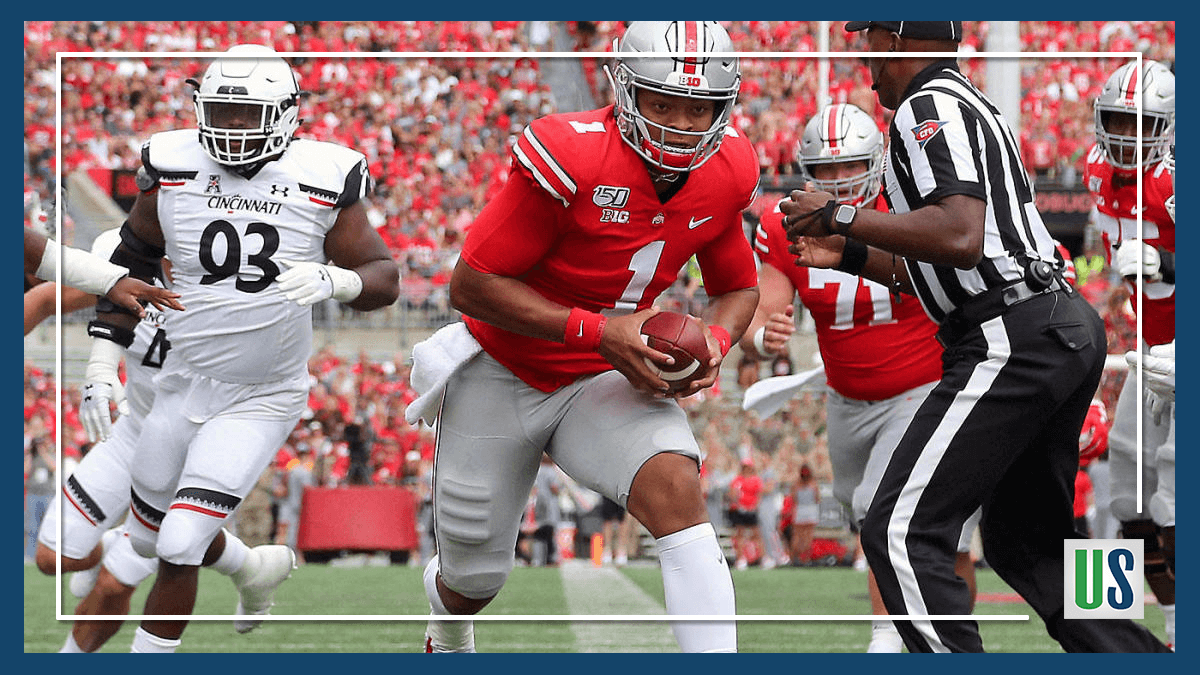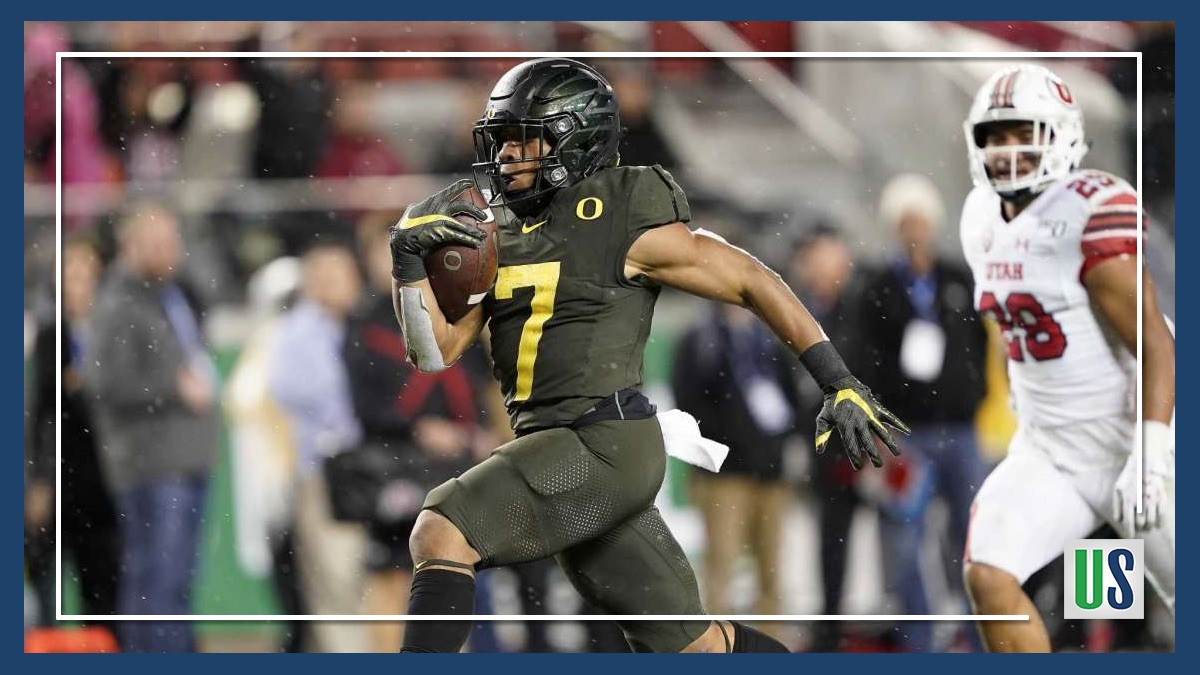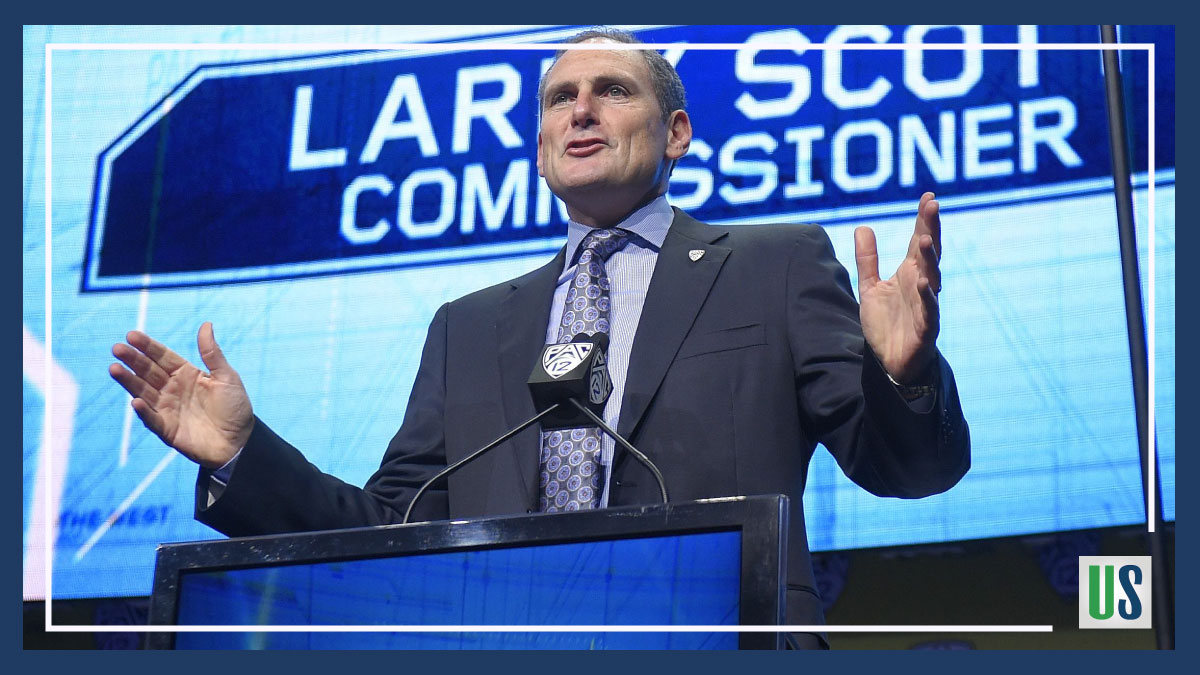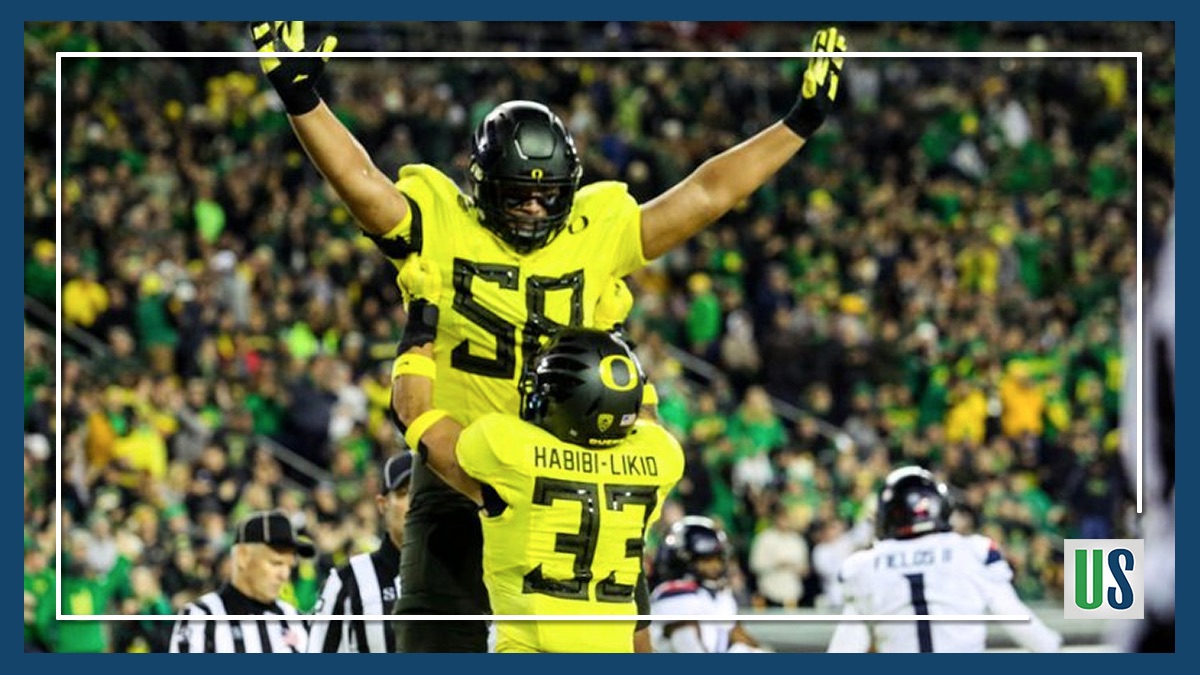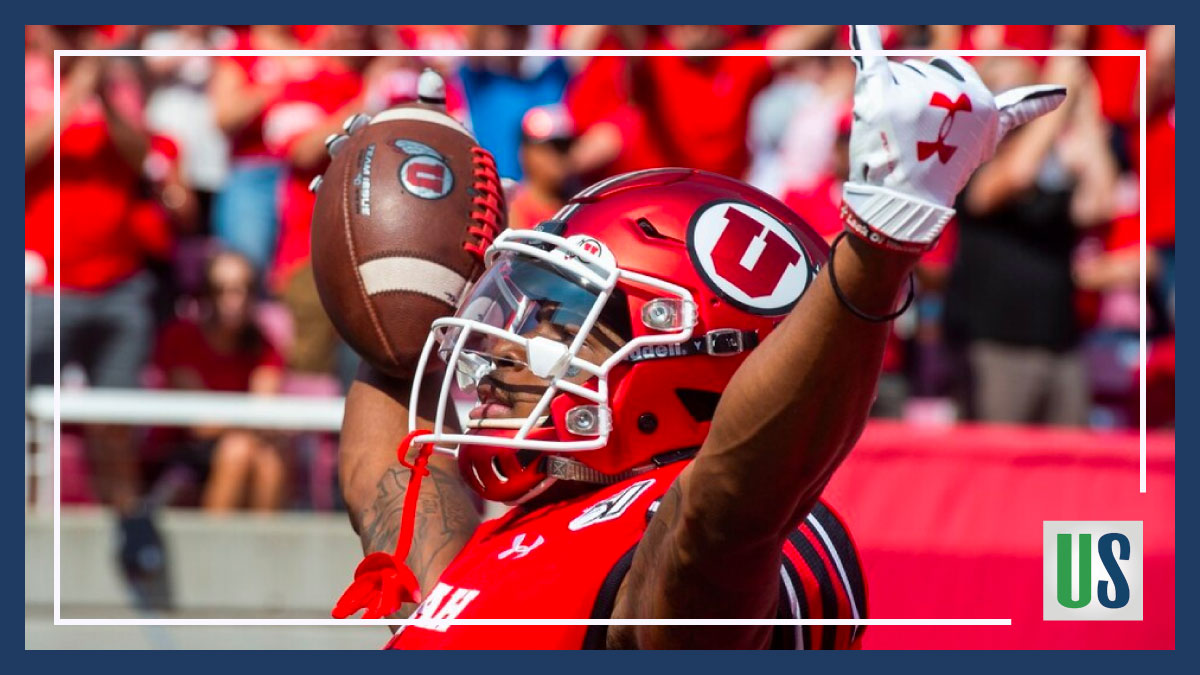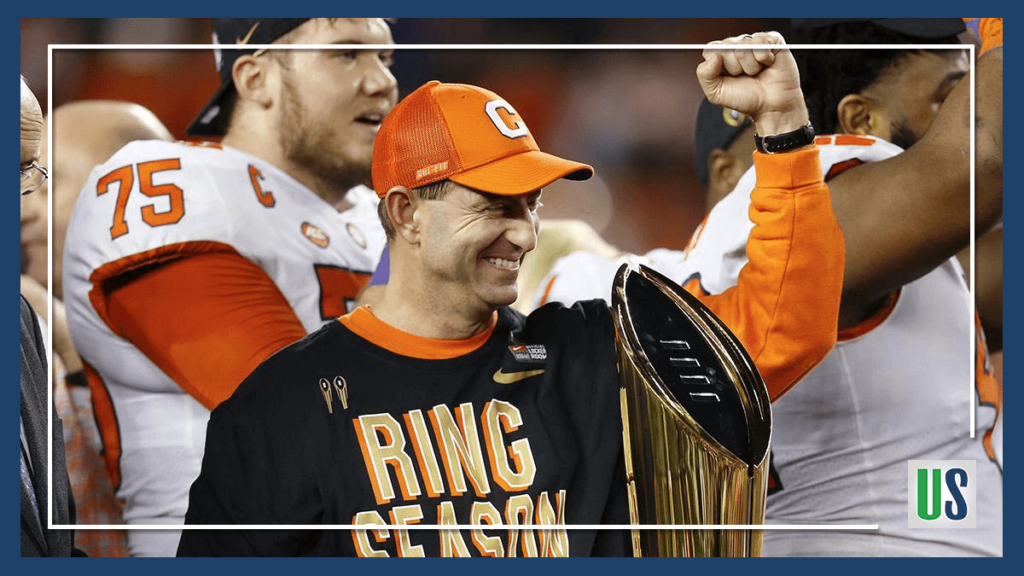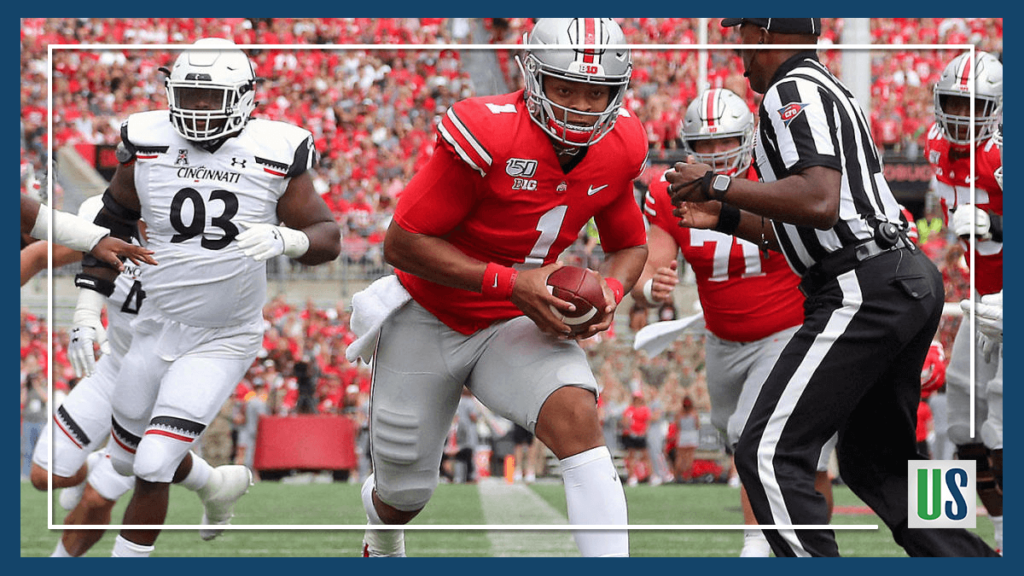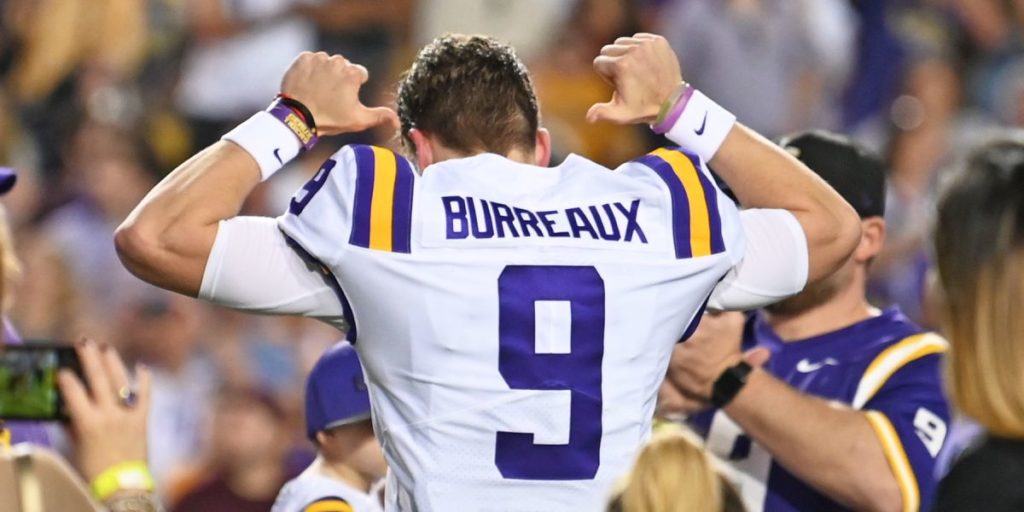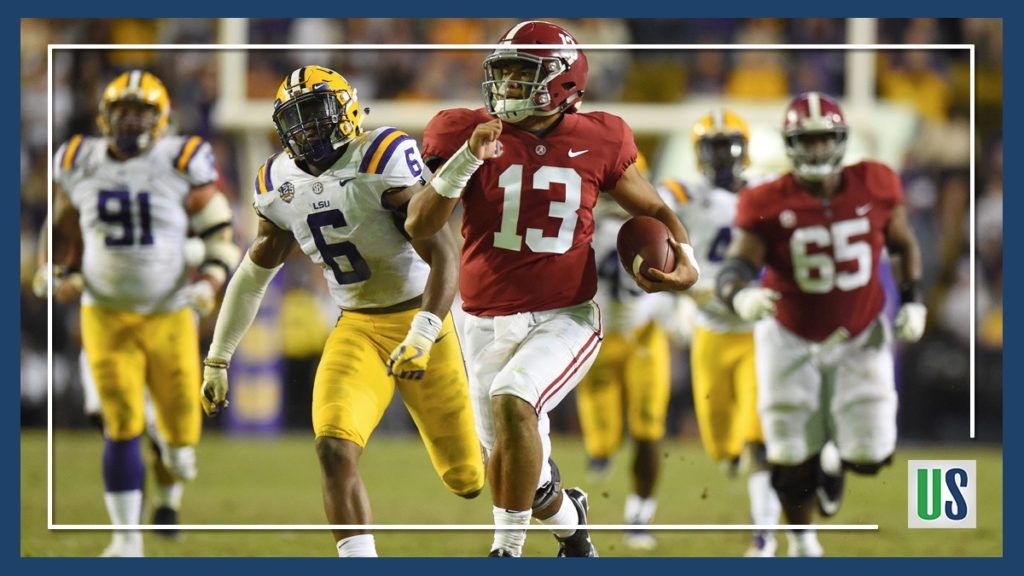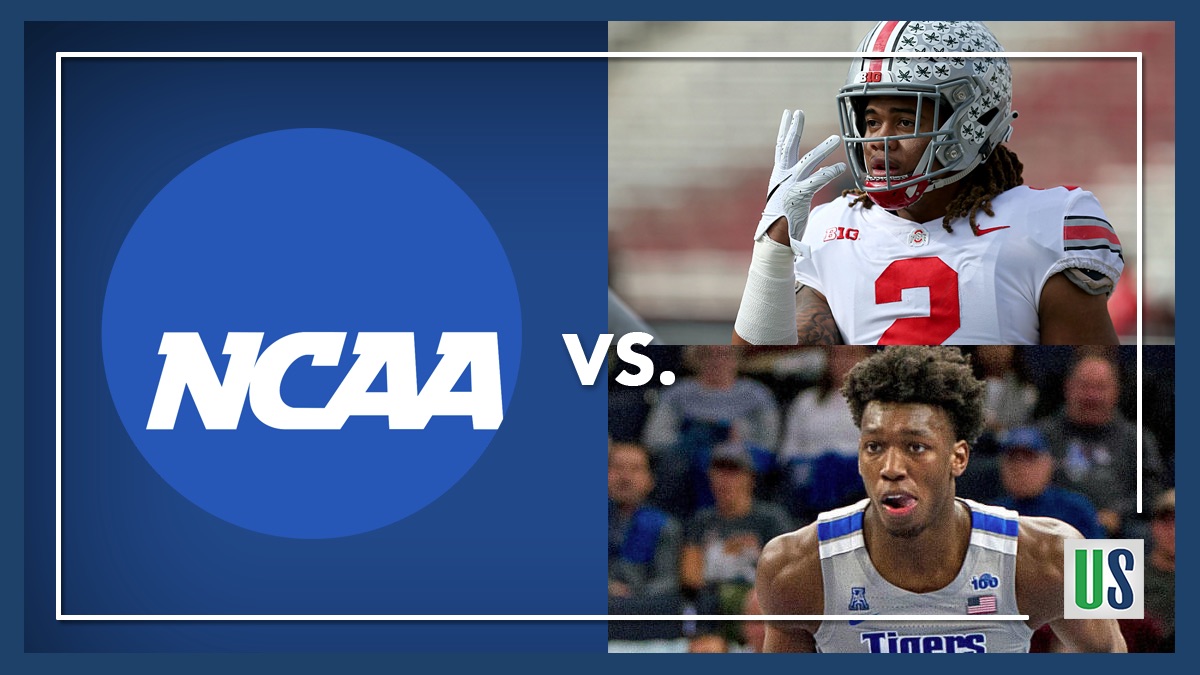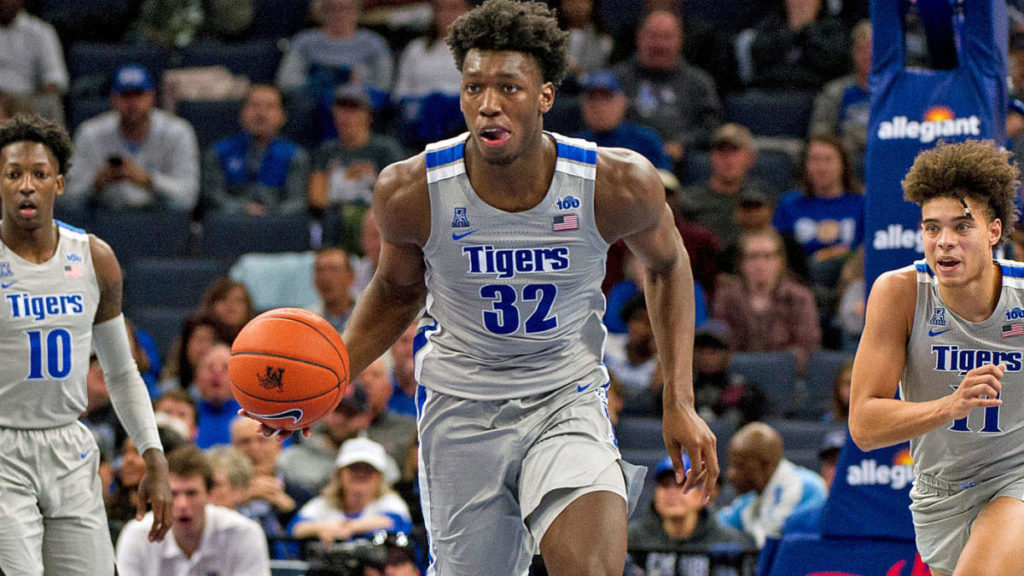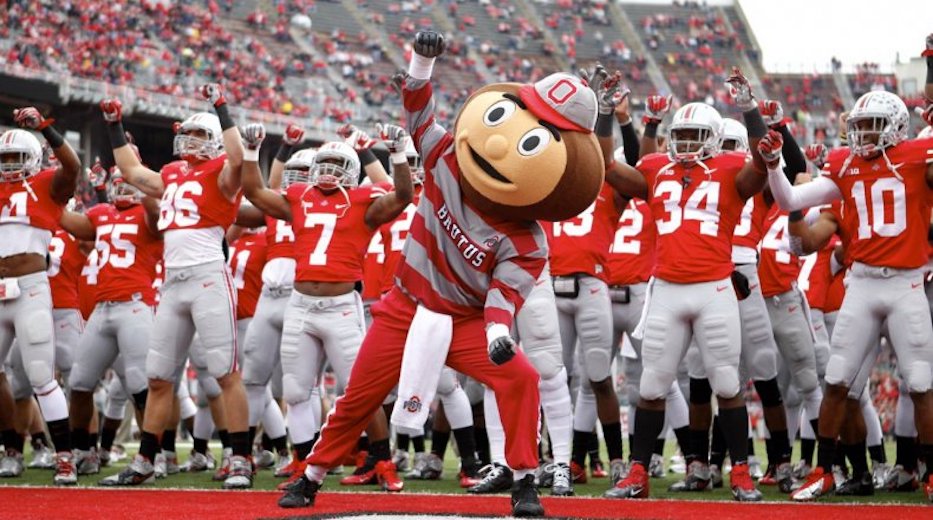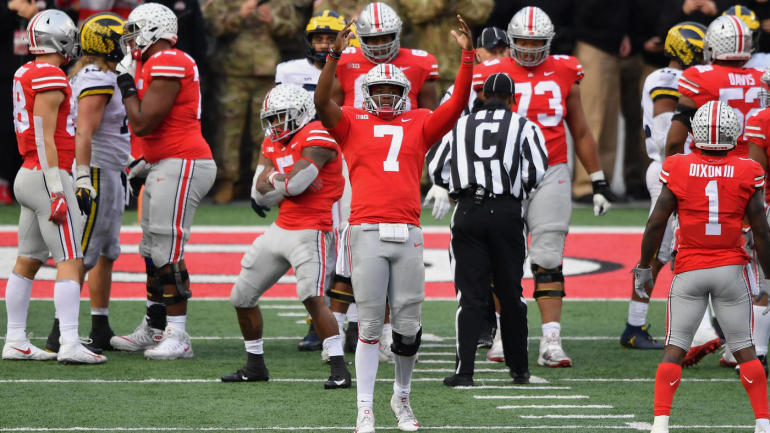Last week, the Big Ten and Pac-12 Conferences decided to postpone their next football season until the spring of 2021. This decision was made in concert with conference executives, medical advisors, and the universities themselves.
Regardless of one’s opinion on these decisions, it has become abundantly clear there needs to be an overhaul of how conferences and the NCAA as an entity make decisions when it comes to the welfare of their players.
Should there be more centralized leadership in the NCAA? Sure. However, players’ demands will probably not be granted by a corporation who upholds the archaic ideal of amateurism.
Schools Will Be at Loss with Cancellation of College Sports
Patrick Rishe, the Sports Business Director at Washington University in St. Louis spoke on CNBC’s Power Lunch show on August 11. He stated that the cancellation of football would result in a four billion-dollar loss, which would amount to about 62 million dollars for each Power 5 school. The Big Ten and Pac-12 have already made the decision to take this loss.
Colorado athletic director Rick George said despite the losses the school will endure because of the cancellation of fall sports and was adamant that CU is “not cutting sports.” He said that the budget for a potential 2020 season was already being allocated to account for little fans and a 10-game, conference-only, schedule. He said it will become necessary for furloughs and layoffs of employees, however.
On the bright side, George said that all CU sports could and would be able to take place in the Spring of 2021 if conditions allow. He also said that athletes should still be around their teams despite not playing in the fall, citing the need for coaches to connect and work with student-athletes.
League Executives Had Tough Decision, But Did Not Consider All Outside Factors With Cancellation of College Sports
As far as league executives go, making decisions to cancel seasons are hard. However, it seemed like players and coaches were not heard from by the executives making these decisions. Medical experts should be the number one source that executives listen to, but the medical experts were also the people telling players they had to follow protocol. The fact of the matter is that many teams followed the model they created to minimize spread of the virus.
Coaches from the Big Ten Conference expressed their dismay with the process. Michigan head coach Jim Harbaugh wrote a letter to the conference stating that the season could be played not because they wanted to, but because of the facts in how teams have minimized the spread of the virus. Of course, there are going to be cases that pop up throughout the season. That arguably makes a fall college sports season too risky in the eyes of some. However, when players and coaches are given strict protocols and they try to adhere for guidelines, there is going to be pushback from players when conference executives make final decisions without inquiring with the people taking part in the season.
Ohio State quarterback Justin Fields has started a petition to advocate for the reinstatement of the conference-only Big Ten season this fall. Fields is looked at as one of the top prospects for the 2021 draft and may not be able to suit up for the Buckeyes if a Spring 2021 football season takes place. The players want to play and have been using social media as an avenue to express this desire.
This Whole Episode Shows NCAA May Not Be Able to Uphold Ideal of Amateurism
The NCAA prides itself on helping student-athletes achieve their goals on the field and in the classroom. However, the NCAA is a multi-billion-dollar industry. The players are the ones who contribute the most to the NCAA being able to make all this money. Some could argue that the point of going to college is to get an education or develop skills to help with a profession, but athletes are still being exploited.
The decisions made by the Pac-12 and Big Ten were made in part because the players wanted medical benefits and what could be considered salary this season, in the case of the Pac-12. As an institution, the NCAA should be scared about the power that players have had. They want these leagues to take care of players better and show a commitment to causes that the players champion, such as the #WeAreUnited initiative. NCAA executives cannot stand idly by and must acknowledge that the ideal of amateurism has become archaic in a sense.
Players will get more avenues by which they can make money off their name, image, and likeness. No one league has picked up enough steam yet, but the XFL was even experimenting with letting players play before they were drafted into the NFL. In the future, it is inevitable that more opportunities like this will arise, and football players between the ages of 18-22 will be able to provide for themselves through playing the game of football. It will be up to the NCAA if they want to stand by and defend an archaic ideal, or if they will adjust to the times and be able to keep a monopoly on watching 18-22-year-old players play football.

